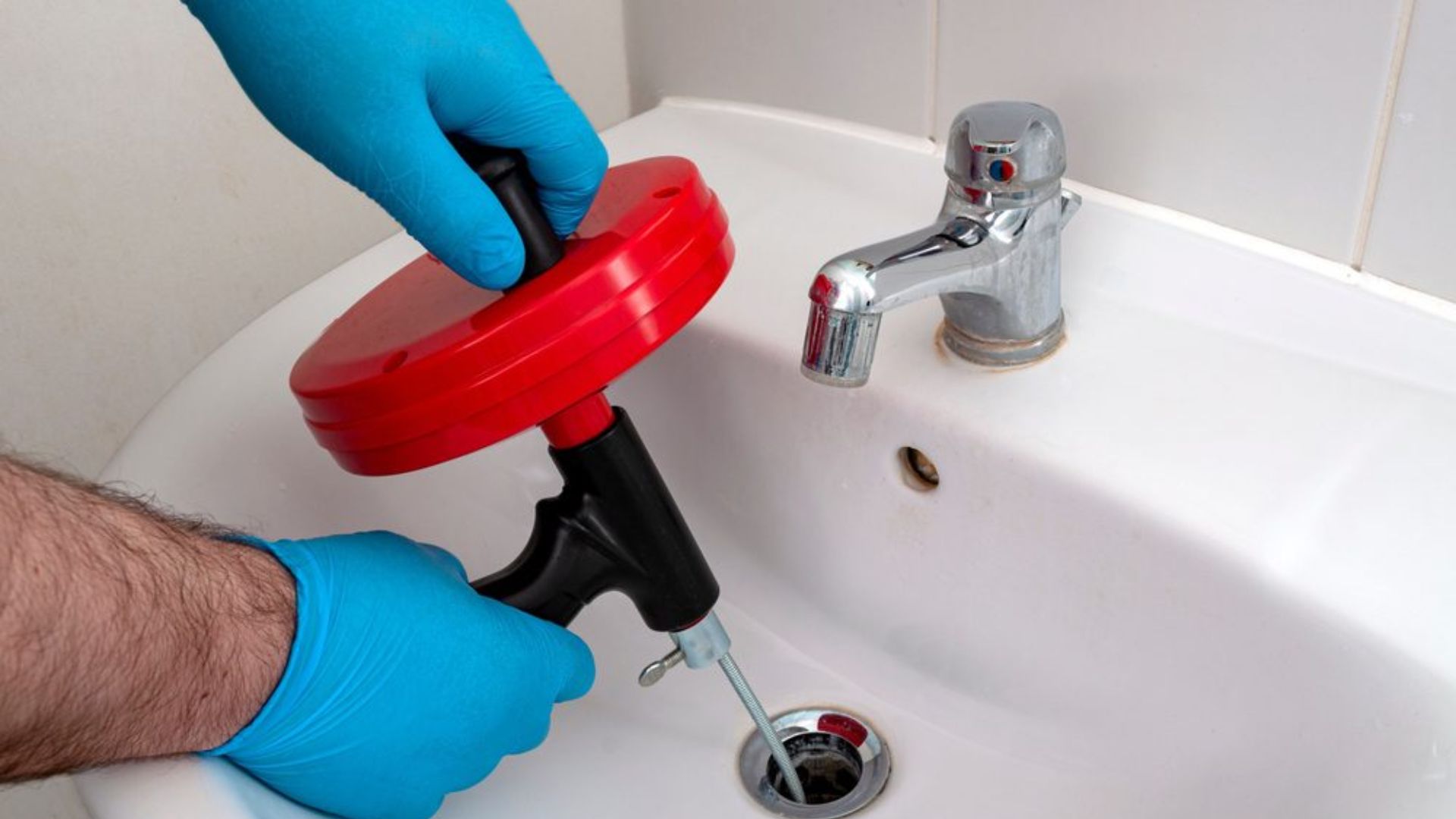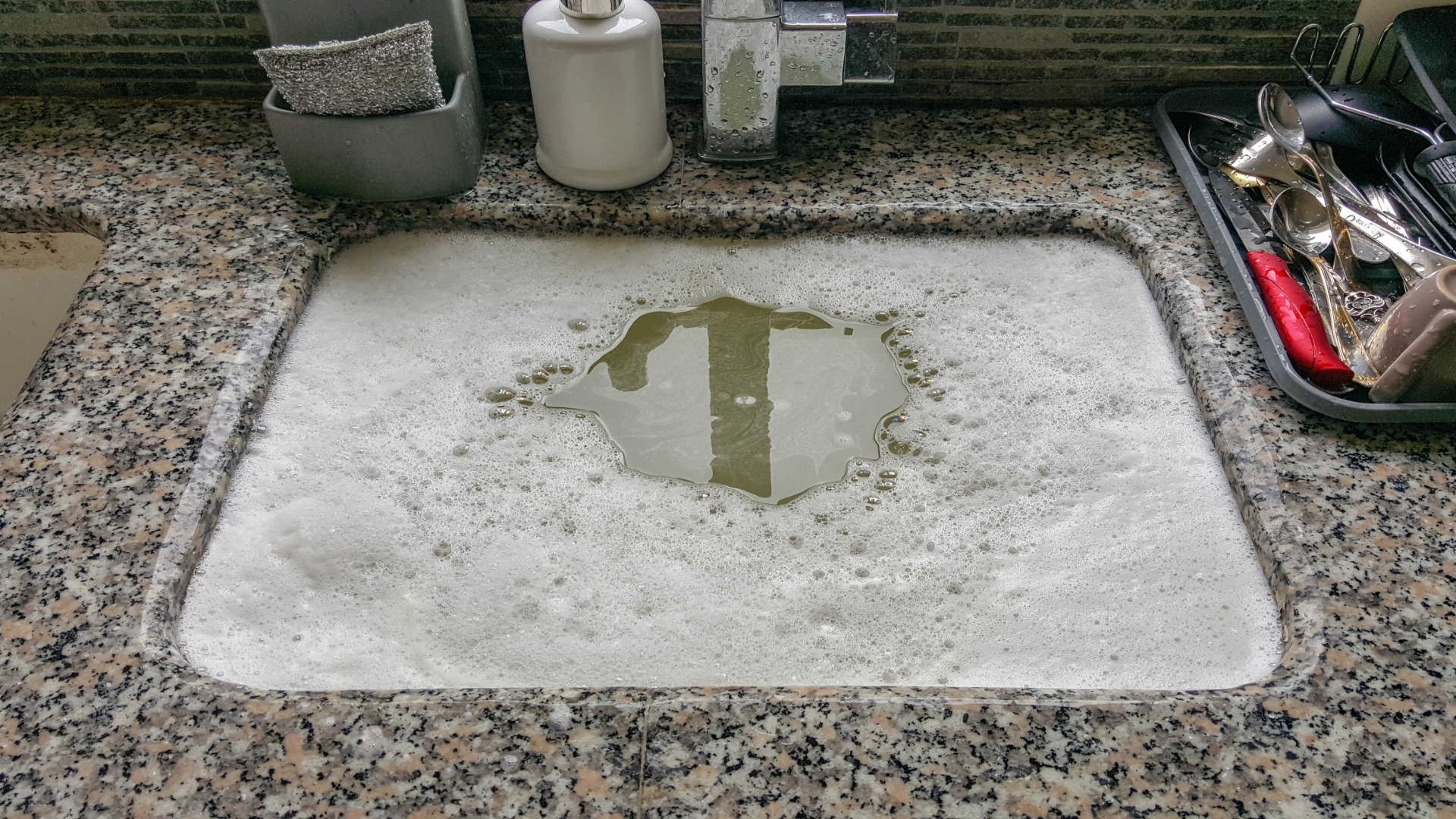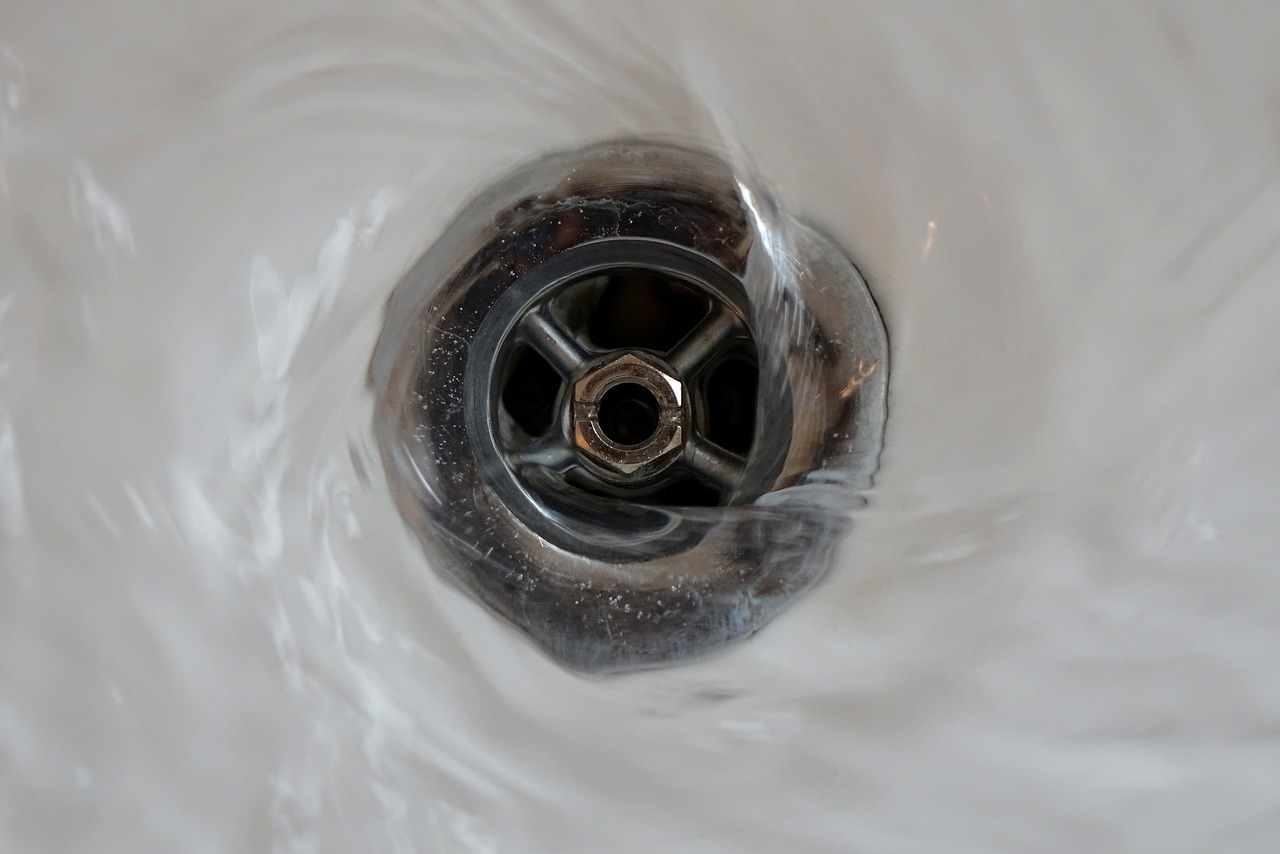Dealing with a blocked drain can be a frustrating and inconvenient experience for any homeowner. A quick and effective solution is paramount, whether it’s a clogged sink, a backed-up toilet, or a sluggish shower drain.
In this blog post, we will explore various DIY techniques that have proven effective, as well as common pitfalls to avoid. By the end, you’ll have the knowledge and confidence to tackle those pesky blockages independently, knowing which methods are worth your time and effort. Say goodbye to blocked drains and hello to hassle-free plumbing!
DIY Methods That Work

When faced with a blocked drain, the inconvenience and potential mess can be a major headache for homeowners. While calling a professional plumber is always an option, there are times when a do-it-yourself (DIY) approach can save you time, money, and the frustration of waiting for assistance. The following are ways to clear a blocked drain that works:
Plunger Technique
The plunger technique is a tried-and-true method for clearing clogged drains, and it’s’ likely one of the first tools you’ll reach for in your DIY arsenal. A plunger can work wonders, whether a clogged sink, toilet, or shower drain. Create a tight seal between the plunger’s rubber cup and the drain opening.
Then, using vigorous up-and-down motions, generate suction and pressure to dislodge the blockage. The plunging action helps to push and pull the clog, allowing water to flow freely once again. This method is particularly effective for minor blockages caused by materials like hair, soap scum, or small objects.
Vinegar and Baking Soda
Combining baking soda and vinegar can be a powerful DIY drain cleaner for those who prefer natural and chemical-free solutions. Begin by pouring half a cup of baking soda down the drain, followed by a cup of vinegar. The mixture will create a fizzing reaction that helps break down organic matter and dissolve minor blockages.
Let it sit for about 30 minutes, and then flush the drain with hot water. This method is beneficial for clearing grease build-up and freshening up drains. However, it may be less effective for more stubborn or severe blockages.
Hot Water Flush
Simple yet effective, a hot water flush can help clear certain types of blockages. Boil a kettle of water and carefully pour it down the drain in two to three stages, allowing the hot water to work through the pipes and dislodge any obstructions.
This method is particularly effective for minor blockages caused by grease or soap residue. However, to prevent damage, exercise caution when using hot water on PVC or other temperature-sensitive pipes.
Plumbing Snake or Auger
A plumbing snake or auger can be valuable when dealing with stubborn or deep-seated blockages. Insert the snake into the drain and rotate it clockwise while gently pushing it forward. The snake’s corkscrew-like end helps to break apart or retrieve the clog, allowing water to flow freely again.
This method is especially effective for blockages caused by solid objects or more stubborn materials. A wire hanger or a drain snake you purchased in your local hardware store can also come in handy in unclogging a kitchen or bathroom sink. Remember to follow the manufacturer’s instructions and avoid damaging the pipes using a plumbing snake.
Hydrogen Peroxide and Baking Soda
Another effective DIY method involves the combination of hydrogen peroxide and baking soda. Mix half a cup of hydrogen peroxide with one cup of baking soda to form a paste. Apply the paste to the blocked drain, ensuring it covers the affected area.
Allow it to sit for about an hour, then flush the drain with hot water. This method works well for breaking down organic matter and eliminating unpleasant odours.
Remember, while these DIY methods can be successful for minor blockages, they may not be suitable for some severe or complex issues. If you encounter persistent blockages or are unsure about handling the problem yourself, it’s best to seek professional assistance to avoid causing further damage to your plumbing system.
DIY Methods That Don’t Work

When faced with a blocked drain, seeking do-it-yourself (DIY) solutions is natural to save time and money. However, not all DIY methods are created equal, and some techniques that may seem promising can end up being ineffective or even damaging to your plumbing system. In this section, we will explore five DIY methods commonly attempted by homeowners that, unfortunately, don’t work as intended when clearing blocked drains.
Boiling Water for Solid Blockages
While pouring boiling water down the drain can be effective for specific blockages, such as grease build-up, it is generally ineffective for solid blockages caused by objects or mineral deposits. Boiling water alone may not provide enough force or agitation to dislodge these types of blockages.
It can sometimes solidify the blockage further, making removing it more difficult. If you suspect a solid blockage, it’s’ best to avoid relying solely on boiling water and explore other DIY methods or seek professional assistance.
Baking Soda and Salt
Some DIY resources suggest combining baking soda and salt as a drain-clearing solution. However, this mixture could be more effective in breaking down blockages. While baking soda can be helpful with other ingredients like vinegar, salt does not have the same cleaning or unclogging drains.
Using baking soda and salt together can create a gritty mixture that may not effectively dissolve or dislodge the blockage. It’s’ better to utilise alternative DIY methods that have proven more effective.
Coke or Soda
There is a common belief that pouring soda, particularly cola, down a drain can help dissolve blockages. However, this method could be more effective. While soda contains some acidic properties, it is not potent enough to break down stubborn blockages.
Additionally, the sugar content in soda can lead to sticky residue build-up, potentially worsening the blockage over time. Instead of relying on carbonated beverages, consider using more reliable DIY methods specifically designed for clearing drains.
Using a Wet or Dry Vacuum
Although wet or dry vacuums are versatile tools for various cleaning tasks, they are generally ineffective for clearing blocked drains. The suction power of a damp or dry vacuum may not be sufficient to dislodge or remove stubborn blockages.
Additionally, there is a risk of causing damage to the vacuum or the plumbing system if not used correctly. It’s’ advisable to avoid using a wet or dry vacuum for drain-clearing purposes and explore alternative solutions.
Wire Mesh or Grating over the Drain
Some homeowners may attempt to prevent drain blockages by placing wire mesh or grating over the drain openings. While this approach aims to catch debris and prevent it from entering the pipes, there are more reliable methods for clearing existing blockages.
Wire mesh or grating can become clogged, causing water pooling and additional plumbing issues. While using a drain cover to prevent future blockages is a good practice, it should not be relied upon as the sole solution for clearing existing drain blockages.
Remember, while these DIY methods may not work for clearing a clogged drain, it’s’ important to remain cautious and avoid damaging your plumbing system further. If you encounter persistent blockages or are unsure about handling the problem, it’s best to seek professional assistance from a qualified plumber or drain cleaning service.
Maintenance Tips To Prevent Blockages

Regular maintenance is vital in preventing blockages in your plumbing system. These simple tips can minimise the risk of clogs and keep your drains flowing smoothly. First, avoid pouring grease, oil, or fat down the drains, as they can solidify and cause stubborn clogged drains. Instead, collect and dispose of them in a designated container.
Second, drain covers or filters catch hair, food particles, and other debris, preventing them from entering the pipes. Clean these covers regularly to ensure optimal performance.
Third, flush your drains periodically with hot water to help break down any build-up or residue. Additionally, consider using a mixture of baking soda and vinegar once a month to maintain clean drains.
Finally, be mindful of what you flush down the toilet. Only flush toilet paper and human waste, avoiding wipes, feminine hygiene products, or cotton balls, as they can lead to toilet blockages. By incorporating these maintenance tips into your routine, you can significantly reduce the risk of blockages and maintain a healthy plumbing system.
Clear Your Blocked Drains Today
When it comes to DIY fixes for blocked drains, it’s’ crucial to separate the effective methods from the ones that simply don’t work. While there are some simple and reliable DIY approaches, like using a plunger or a drain snake, it’s’ essential to avoid ineffective methods such as chemical drain cleaners or excessive use of hot water. By understanding which DIY fixes are effective, you can save time, money, and potential damage to your plumbing system instead of costing you more in repairs.
However, it’s’ important to remember that some blockages may require professional attention. If you’re dealing with persistent or complex drain issues, don’t hesitate to contact a trusted plumbing service like The Brisbane Plumbers. Our experienced team of professionals has the expertise and specialised tools to tackle even the most challenging drain problems. Don’t let blocked drains disrupt your daily routine – contact us today for reliable and efficient solutions.
